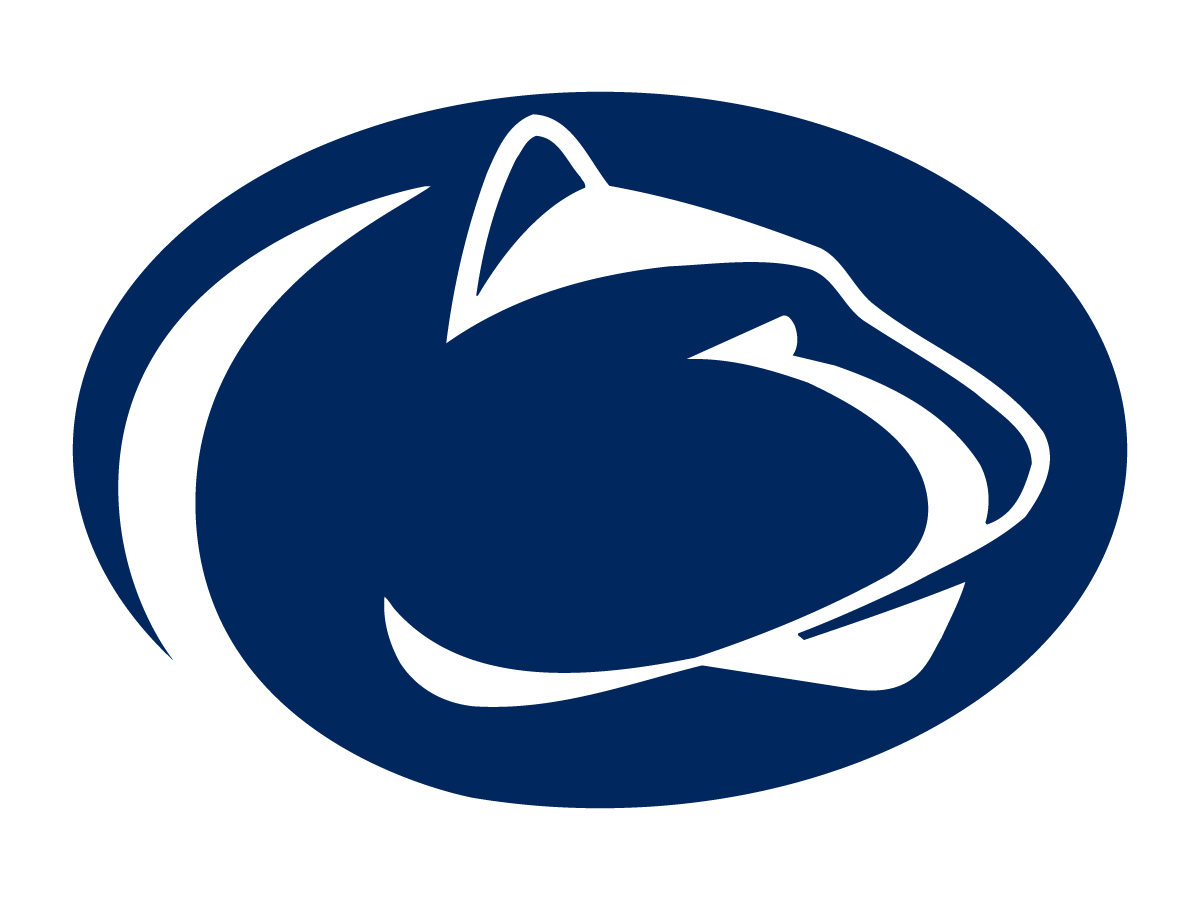I’ve been going back and forth in my mind whether to write this or not, there’s already so much out there. But the mess happening in State College this week hits me close to home, as 16 years ago I worked as the lead Penn State football writer at the Centre Daily Times, the hometown newspaper of the Nittany Lions. It was one of the best jobs I’ve had in my 25 years in the newspaper business, and if it weren’t for the 110 inches of snow that hit the area each winter, I might have stayed in Happy Valley for more than two years.
I’ve read with great interest about the Jerry Sandusky scandal this week, learning some of the incidents he’s accused of occurred during the time I was covering the team. The 1995 and ’96 seasons proved strong ones for the Lions (though not nearly as successful as the undefeated ’94 season which ended in a Rose Bowl win over Oregon) as Penn State finished each season with wins in New Year’s Day bowls, back when that meant something. I was in my mid-20s at the time I worked in State College, and as a single, football-crazed student of the game, I spent each of those two seasons absorbed in all things Penn State.
But what’s odd about the Penn State program, which I didn’t encounter in stints covering teams such as Georgia, Maryland and Florida State, was the absolute clamp-down officials had on almost every aspect of the program. Remember, this was back before the Internet and its millions of bits of blogs and shared knowledge, so it was possible for a program to keep a tight lid on whatever information it deemed not for public consumption. Practice was closed most of the time, and if it was opened, it was only open for a short span. Nittany Lion players were made available on a limited basis, sometimes only by phone, and there was no guarantee you’d get to talk to player you requested even if made well in advance. And access to assistant coaches was nil. I can’t say I ever talked to Sandusky in my time in State College, the opportunity never came up.
This, of course, was all set in motion by the man himself. Joe Paterno was a national treasure even back then, as he had been for decades, and he garnered a certain reverence for his maintenance of a clean program that won football games. One of the stories that broke in my time there was JoePa noting how he was asked by administrators at the University of Miami if he would consider leaving Penn State for the Hurricanes. He thought about it but turned them down, thinking he already had everything he needed in State College. Imagine what might have happened had he decided to make that leap.
JoePa ran the show, you talked to him but rarely other coaches, it’s how he wanted it. Players never said anything beyond the basic cliche so as not to irk their head coach, and it was only the senior players with guaranteed starting jobs that ever said anything not according to form. There was a starting tight end named Keith Olsommer many writers on the beat would quote over and over because he always said what was on his mind. Some of the things Olsommer said probably drove Joe mad, but the tight end was never going to lose his starting job because of it. This made him our favorite.
As beat writers, we were used to JoePa’s irritable side because we dealt with him on an every day basis. He was quick to turn on a question he didn’t like, belittling the reporter with a wave of his hand and a simple “You guys just don’t know.” When on the road, it was always fun to watch reporters from other beats treat Joe with kid gloves, throwing him softball question after softball question. The national TV announcers were the best, they would bow at his presence and laugh at any small nugget JoePa would throw their way. It was a real eye-opener – JoePa and Penn State had created a reality to a nation that wasn’t real, even if only few people knew that.
And think of this: Penn State never mentioned recruiting, and talking to freshmen players was nearly forbidden. You know how many schools hold rallies on Signing Day, hosting press conferences and lining up players for interviews? This never happened in State College, the most you would get was a faxed form from the Penn State Sports Information Office with a list of players expected to be on campus in the fall. There were no comments or discussions about it.
I remember during the 1996 season a freshman phenom running back named Curtis Enis was all the rage. Through the first half of the season he tore up Big Ten defenses – but it wasn’t until the seventh game of the season that he was ever brought out to speak to reporters. Can you imagine that happening anywhere else?
Open records laws in Pennsylvania are some of the tightest in the country, so finding out information about the football program – such as coaches salaries, expenses, etc. – was impossible. It wasn’t until a few years back that anyone knew how much JoePa made. This is basic information everyone knows about every coach everywhere – but somehow in Happy Valley, the vacuum of information was kept tight. We never knew about arrests or suspensions, academic foibles or off-the-field issues – it just never came up. It was one of the most secretive places in the country, and this helps explains what went on this week.
When a program is built on secrets and insular knowledge, the fear of anything coming out that could embarrass that program becomes more heightened depending on the degree of the secret. For years Penn State built itself as the bastion of honor, when really it was trying its utmost to keep terrible truths from filtering out. If we have learned anything in this world, it’s that it’s impossible to keep a secret.
The best thing now is for everyone involved to throw it all into the sunlight, because the old Penn State way of doing business just doesn’t work anymore.




